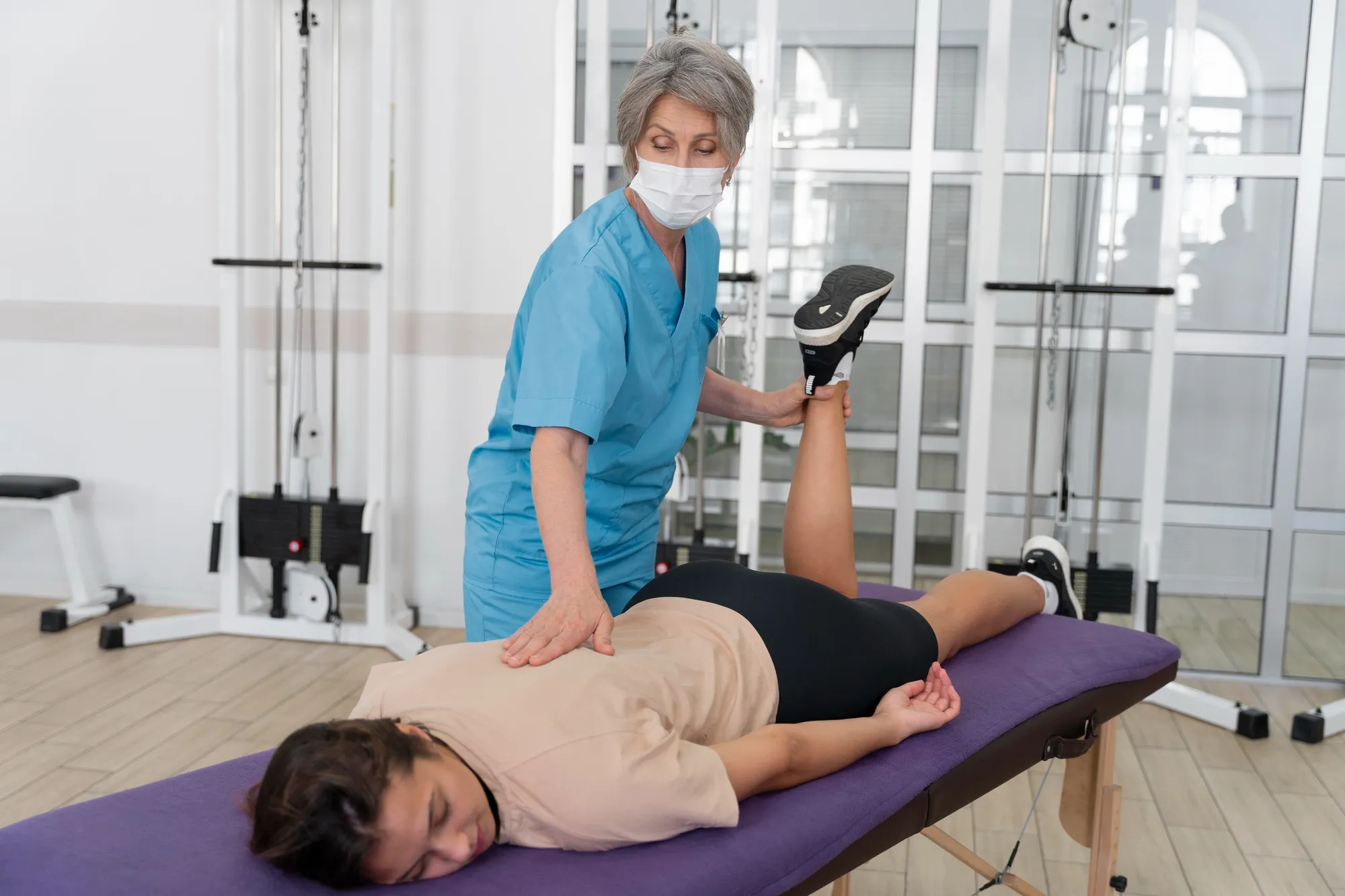Introduction
Athletes who undergo anterior cruciate ligament reconstruction (ACLR) anticipate a triumphant return to the sport. However, the journey to full functional performance is fraught with challenges that often extend beyond what traditional performance tests can measure. A new systematic review published in the esteemed journal ‘Arthroscopy’ has revealed a more complex rehabilitation landscape for these athletes.
The Study in Depth
In an effort spearheaded by Vikram S. Gill and colleagues from the Mayo Clinic Alix School of Medicine alongside Sayi P. Boddu and Jens T. Verhey, the team embarked on a systematic examination of how athletes perform following clearance to return to sports post-ACLR. Their research, drawing on resources from databases like MEDLINE and Scopus, offers critical insights into the lingering deficits that can potentially hold athletes back from achieving their pre-injury level of play.
The Findings that Speak Volumes
Their extensive search, which weeded through 937 studies, zeroed in on 46 that matched stringent criteria. An intriguing discovery awaits within their findings. Despite an average recovery period of 7.9 months, standard performance measurements such as hop and strength tests are alarmingly inadequate in capturing residual functional impairments.
Strength tests, for instance, showed that only 10 out of 17 studies reported patients reaching a quadriceps strength limb symmetry index (LSI) below 90%. The numbers offer a stark contrast in hop tests, with a mere two of the 12 studies showing average LSI under 90%.
Biomechanical Deficits Post-Recovery
More concerning is the conspicuous biomechanical deficits that emerge even after athletes are deemed fit to return. Gill’s team highlights that common aftermaths include a decrease in knee flexion angle, an uptick in trunk flexion, and diminutions in the peak vertical ground reaction force. These aren’t merely numbers on a chart, but real-world impediments that athletes could encounter when they step onto the field or court.
The findings emphasize the gaps that current testing protocols fail to bridge, suggesting the need for refined and more nuanced assessments that can capture the complex interplay of biomechanics at play during dynamic and high-stress sporting activities.
Global Repercussions and Reactions
The research lends itself to forming a global conversation among orthopedic surgeons, sports physicians, physical therapists, and athletic trainers. It pushes for a paradigm shift in how we conceptualize return-to-sport clearance, prompting healthcare professionals to reevaluate and innovate upon the testing protocols currently in use.
The Future of Functional Performance Testing
As ACLR patients strive to regain their athletic prowess, the systematic review conducted by Gill and his team sharpens the focus on the need for tailored functional performance testing. Such tests would ideally integrate kinetic assessments like energy absorption contribution, which appears to be significantly altered in ACLR patients compared to their uninjured counterparts.
Expert Opinions and Insights
Anikar Chhabra, an orthopedic surgeon at the Mayo Clinic and part of the research team, underscores the importance of these findings. “What this review tells us,” Chhabra states, “is that our current benchmarks for recovery may be superficial at best and that the athlete’s ability to truly replicate pre-injury function is still under question at what we consider full recovery.”
The conversation is not limited to clinical settings, with athletes themselves taking a key interest in the outcomes of such studies. They stand to gain the most from advancements in RTS assessments, which could spell the difference between a successful comeback or a career fraught with remnant functional deficits.
Conclusion and Path Forward
Even as this study opens new doors to understanding the nuances of functional recovery post-ACLR, it speaks to the resilience of the human body and the indefatigable spirit of athletes. It is a clarion call to the medical community to design and implement more sophisticated and predictive functional performance tests that can align athletes’ rehabilitation with the rigorous demands of their chosen sports.
The systematic review’s DOI stands as a beacon in this ongoing quest for excellence in sports medicine: 10.1016/j.arthro.2023.12.033. Copyright © 2024. Published by Elsevier Inc.
References
1. Arthroscopy: The Journal of Arthroscopic & Related Surgery. (2024). Functional Performance of Athletes at Return to Sport Following ACL Reconstruction: A Systematic Review. doi:10.1016/j.arthro.2023.12.033
2. Myer, G. D., Paterno, M. V., Ford, K. R., & Hewett, T. E. (2006). Neuromuscular Training Techniques to Target Deficits Before Return to Sport After Anterior Cruciate Ligament Reconstruction. Journal of Strength and Conditioning Research, 20(2), 345.
3. Ardern, C. L., Webster, K. E., Taylor, N. F., & Feller, J. A. (2011). Return to Sport Following Anterior Cruciate Ligament Reconstruction Surgery: A Systematic Review and Meta-Analysis of the State of Play. British Journal of Sports Medicine, 45(7), 596–606.
4. Paterno, M. V., Rauh, M. J., Schmitt, L. C., Ford, K. R., & Hewett, T. E. (2012). Incidence of Second ACL Injuries 2 Years After Primary ACL Reconstruction and Return to Sport. The American Journal of Sports Medicine, 40(7), 1567–1573.
5. Noyes, F. R., & Barber-Westin, S. D. (2011). Return to Sport After Anterior Cruciate Ligament Reconstruction. In Anterior Cruciate Ligament: Reconstruction and Basic Science (pp. 507-518). Elsevier Health Sciences.
Keywords
1. ACL Reconstruction Recovery
2. Athlete Return to Sport
3. Functional Performance Testing
4. ACL Biomechanical Deficits
5. Post-ACLR Athletic Performance
